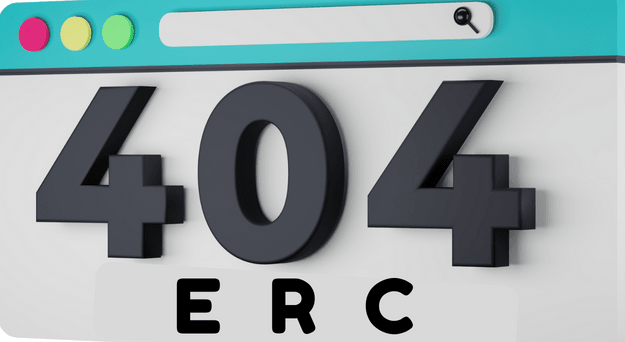The unofficial and experimental Ethereum standard, ERC-404, designed to blend fungible and non-fungible tokens (NFTs), is actively pursuing the submission of an Ethereum Improvement Proposal (EIP), as stated by one of its creators.
Developed under the project name Pandora by pseudonymous individuals identified as “ctrl” and “Acme,” ERC-404 integrates the technology of ERC-20 fungible tokens with ERC-721, commonly used for unique tokens like those in the Bored Ape Yacht Club (BAYC) NFT collection.
Despite its name, ERC-404 has not undergone an audit, and the “ERC” in its title is more symbolic than reflective of an officially recognized Ethereum standard. The developers acknowledge the bureaucratic nature of obtaining approval for an EIP, emphasizing the challenges associated with this process.
The process of submitting an Ethereum Improvement Proposal (EIP) for ERC-404 is acknowledged as a lengthy and politically influenced endeavor by ctrl. The developer notes that typically, this process takes a couple of weeks. While remaining discreet about the individuals involved in the proposal, ctrl hinted that the team has experience with this process, having had success in the past, and they are currently in a favorable position to soon submit the EIP.
ERC-404’s primary goal is to connect ERC-721 NFTs to ERC-20 tokens, introducing what some term as fractionalized NFTs. This allows multiple wallets to collectively own a portion of a single NFT, like those from the Bored Ape Yacht Club (BAYC), enabling the fractionalized portions to be traded or staked for loans.
The GitHub page for ERC-404 explicitly acknowledges that the two standards it seeks to merge, ERC-20 and ERC-721, were not originally designed for integration. However, the project aims to blend them in a robust manner while minimizing tradeoffs, despite its experimental nature.
Concerns about the safety of the ERC-404 project have sparked debate within the community. A post on February 8th, shared by a developer with the username “quit,” suggests that NFTs utilizing the ERC-404 standard might be vulnerable to theft if deposited in a lending protocol that is not correctly configured to support ERC-404.
The claim suggests that a misconfigured protocol may fail to distinguish between an ERC-404 NFT and ERC-404 tokens, potentially enabling token depositors to withdraw an NFT that they do not rightfully own. This highlights the importance of thorough auditing and careful consideration of potential vulnerabilities when experimenting with novel standards like ERC-404.
Ctrl responded to the concerns raised in the post, asserting that the issues pointed out by the developer “quit” were due to improper usage of ERC-404 in a contract created by them. Ctrl compared it to someone posting a picture of a car and explaining how they would break into it because the door is unlocked.
He emphasized that if quit’s concerns were valid, something would likely have been exploited already, especially considering the support from major crypto wallets like Binance and OKX for ERC-404. Ctrl mentioned that Pandora, the first ERC-404 token launched on February 5, is undergoing auditing for a more mature iteration of the standard, addressing potential integration issues.
Despite concerns, Pandora has experienced substantial gains, with a growth of over 1,850% in four days and a market capitalization of nearly $293 million, according to CoinGecko. CoinGecko also lists 12 other projects utilizing ERC-404, showcasing the growing interest and adoption of this experimental Ethereum standard.

Leave a Reply